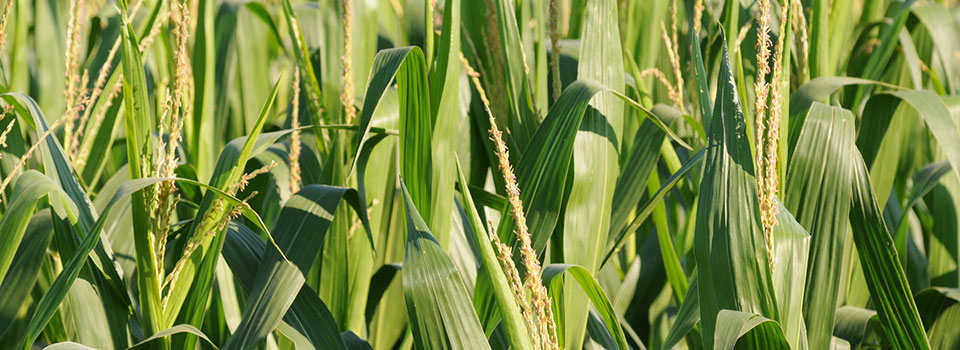Tar Spot confirmed in Kansas cornfields for 2025, K-State pathologist urges early scouting
Early detection can aid in managing the disease
At a glance: Tar spot, a fungal disease that has steadily established itself in Kansas cornfields over the past few years, has been detected again in the state, with the first confirmed report of 2025 occurring June 11 in northeast Kansas.
More information: Rodrigo Onofre, 785-477-0171, onofre@ksu.edu
Related: Corn Diesease Resource Center, Kansas Corn Tar Spot Map
K-State expert warns Kansas farmers to scout for tar spot.
June 30, 2025
By Madeline Drake, K-State Research and Extension news service
MANHATTAN, Kan. — Tar spot, a fungal disease that has steadily established itself in Kansas cornfields over the past few years, has been detected again in the state, with the first confirmed report of 2025 occurring June 11 in northeast Kansas.
“I think we have learned a lot in the last (few) years in terms of distribution and management,” K-State Row Crop Pathologist Rodrigo Onofre said. “It is one of the corn diseases that we see survive in corn residue, so folks that have seen this spot before are going to be dealing with this disease for a long time.”
Onofre emphasized the importance of knowing hybrid susceptibility to tar spot. “We know that there are some hybrids that are fairly susceptible to tar spot, which means you’re going to need to pay more attention to the crop,” he said.
As with most corn diseases, early detection is crucial for best management practices. When scouting for tar spot in corn, Onofre highlighted how tricky it can be to decipher tar spot from other corn diseases, or insect residue. He shared this trick.
“For me, what really helps is you know if you get a wet cloth and try to clean that leaf,” he said. “If it’s tar spot, it’s not going to rub off, but everything else will clean off.”
As tar spot survives through the winter in crop residue, Onofre said that those who have been affected by tar spot in the past will see it start from the bottom into the canopy. “For folks in the central and western part of the state, the tar lesion can show up anywhere in the canopy due to wind or machine movement,” he said.
Onofre said producers should be on alert even in counties not currently affected by tar spot “because wind movement still makes (corn fields) susceptible.”
For those who are already affected by tar spot, Onofre recommended steps to take now to prepare for 2026. “The best thing that we could do for next year is start to think about more resistant hybrids, early scouting and a good herbicide management program.”
“This year for the first time, we have a partnership with Kansas Corn and now we have a Kansas Corn Disease Center, where growers can go and find not just a tar spot map but other diseases too.”
The Kansas Corn Disease Center can be accessed online at https://kscorn.com/corndisease/. More information also is available at local extension offices in Kansas.
***

K‑State Research and Extension is a short name for the Kansas State University Agricultural Experiment Station and Cooperative Extension Service, a program designed to generate and distribute useful knowledge for the well‑being of Kansans. Supported by county, state, federal and private funds, the program has county extension offices, experiment fields, area extension offices and regional research centers statewide. Its headquarters is on the K‑State campus in Manhattan. For more information, visit www.ksre.ksu.edu. K-State Research and Extension is an equal opportunity provider and employer.
